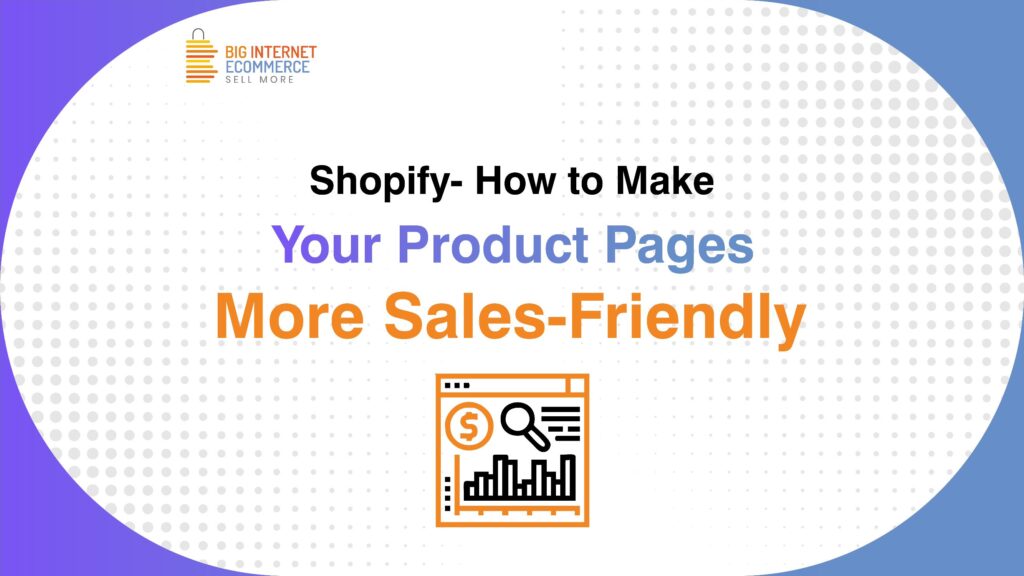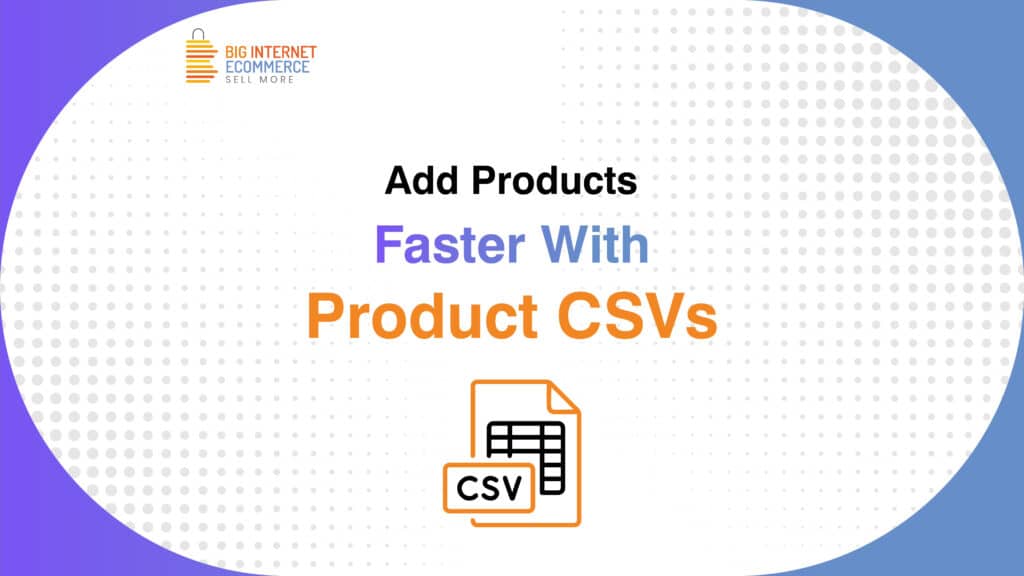Simple and Effective Strategies to Boost Your Product Rankings!
Any seller who is thriving to sell his products online understands that Amazon is a great marketplace to prosper but it is equally competitive. If you want to acquire primary product ranking spots on Amazon then you need to understand its ranking aspects. Once you understand the factors that generate a high ranking, you can optimize your product listing and generate better results. How do you attain better rankings on Amazon? Here’s a list of strategies that you may consider in order to boost your product rankings: Optimization of Product Listing Optimizing product listings is crucial to boosting your search rankings on Amazon. If you think about it, you wouldn’t click on a product if the listing appeared confusing, inaccurate, or amateurish. If users don’t click on your products, you can forget about ranking and selling. An effective listing incorporates user-centric keywords and a description with the buyer in mind, not the algorithm. Use Relevant Keywords The first thing Amazon looks to rank you at the top is keyword relevancy. The objective is to offer relevant products that match the maximum keywords searched. Amazon aims to incorporate pertinent search results that prompt users to click and purchase. You should use highly specific and searched keywords for your products to show up in searches. There are some great keyword research tools that can help with this or you may consider taking the help of an expert. Costing As customers, we all seek the best products at the cheapest rates. So you need to price your products appropriately if you want high product rankings on Amazon. To set up genuine and user-attractive rates for your products you should preferably run a comparison check with your competitor’s product listings for your keywords and proceed from there. Don’t overprice your products because Amazon’s algorithm will ensure that you have a low conversion rate because of a higher cost point and your product will rank low as a result. Listing Images “What is seen, is what is sold.” Listing images plays a supreme role in providing a boost to your product rankings on Amazon. Amazon has strict requirements on how to use images and display them in listings and complying with them is very much important. To improve conversions, you should offer as many high-quality images as possible. On the same note, your images must highlight your product from all angles to give customers a feel for your product since they cannot hold it physically. Amazon permits you to include videos as well, so offer additional videos and images when possible. This type of image optimization can yield higher conversions. Abide By Authentic Customer Ratings Bill Gates once said, “Your most unhappy customers are your greatest source of learning”. This is the market key as reviews matter a great deal to Amazon. Shoppers use these reviews as a reference before purchasing any product and hence they in a way influence product rankings. Amazon knows that customers depend on reviews to make informed buying decisions. Reviews provide social proof that you’re a dependable seller whose products correspond with their description. To establish your grip on Amazon, it is important that you as a seller, keep a track of the customer reviews you get for your products.
Simple and Effective Strategies to Boost Your Product Rankings! Read More »











